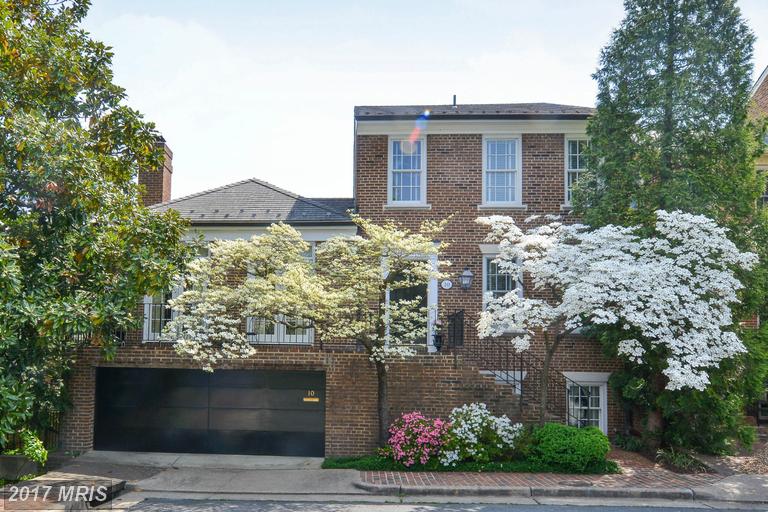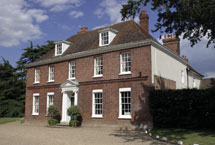Woodlawn Plantation is a 126-acre estate that was originally part of George Washington’s Mount Vernon Estate. Woodlawn is located at 9000 Richmond Highway, Alexandria, Virginia in Fairfax County near Fort Belvoir.
Woodlawn's main Federal-style house was designed by the architect of the U.S. Capitol, Dr. William Thornton, and constructed between 1800 and 1805 for Washington’s nephew Major Lawrence Lewis and his bride, Eleanor "Nelly" Custis Lewis. During the Lewis’ years in residence, Woodlawn comprised over 2,000 acres and was worked by over 100 workers, at least 90 of whom were African American slaves.
In 1846, the Lewis’s son sold the property to two families from New Jersey and Pennsylvania, the Troths and the Gillinghams, who were members of The Society of Friends (Quakers). Ethically opposed to slavery, the Troths and Gillinghams established Woodlawn as a "free labor colony," selling lots to both free black and white farmers, and employing only free laborers to demonstrate as false the argument that the abolition of slavery would mean the death of the Southern plantation economy. This belief in liberty and equality made Woodlawn a controversial social experiment in its time and place, and its residents became a target of raids and suspicion by Confederate forces during the Civil War.
By the turn of the 20th century, Woodlawn was sadly deteriorated and, in 1896, severely damaged by a hurricane. In 1901, the playwright Paul Kester moved in — with his mother, brother and 60 cats — and began "restoring" the house to livable conditions. In 1905, Kester moved on to nearby Gunston Hall, and sold Woodlawn to Miss Elizabeth Sharpe, a Pennsylvania coal heiress who spent two decades lovingly rehabilitating Woodlawn and its grounds to suit contemporary views of an ideal early American estate. Woodlawn’s final private owners were Senator and Mrs. Oscar Underwood of Alabama. Following Mrs. Underwood’s death, it was purchased by a private organization to ensure its preservation. In 1952, Woodlawn became the first historic site owned by The National Trust for Historic Preservation. For more information call (703) 780-4000 or visit
www.woodlawn1805.org
Homes for Sale near Woodlawn Plantation





